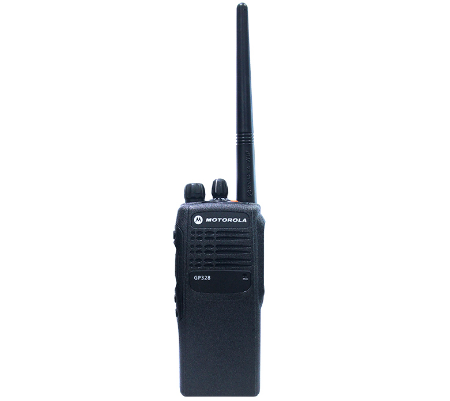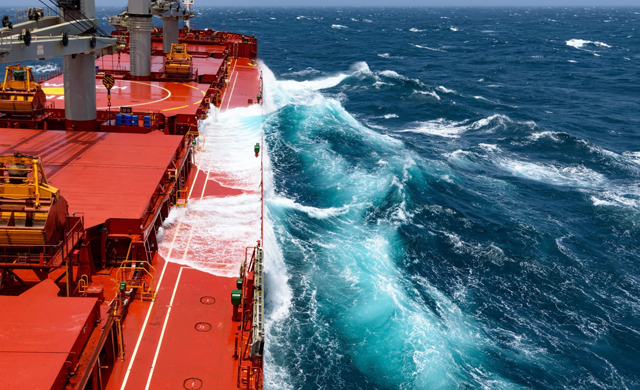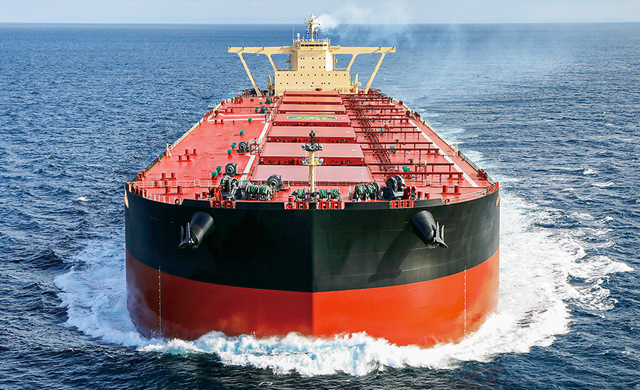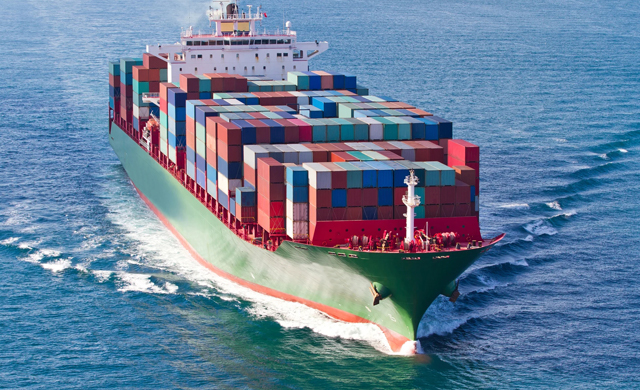Home > About > Info Center > HZH News
Four Options For Measuring Ship Carbon Emissions
Recently, the International Maritime Organization (IMO) and the European Commission (EC) decided to develop a method to accurately measure the carbon dioxide emissions of ships. The four existing schemes are likely to be used in this study and prepare for their fuel consumption. First-hand data on emissions. In addition to monitoring mandatory fuel delivery documents for shipping, it is a viable strategy to monitor ship fuel tanks, engine fuel flow meters and direct engine exhaust emissions.
The ship fuel tank monitoring process is similar to the daily fuel reading operations performed by most ships to control and evaluate voyage efficiency. Similar to the way fuel delivery notes are used, the above method has become part of the prescribed procedure for assessing fuel consumption in a ship's voyage. However, the data still needs a new framework to ensure that the data is actually organized and used.
The third solution principle is to use a flow meter to evaluate the amount of fuel flowing directly into the engine of the ship. This method requires each ship to be loaded with a flow meter, which inevitably increases the cost of the shipowner, and the shipowner has to take time and effort to calibrate the instrument.
Although this solution is more accurate than the fuel delivery note and fuel tank report to determine the ship's fuel consumption, not all flowmeters are accurate and not suitable for installation in the maritime environment.
In addition, the volumetric flowmeter does not take into account variables such as fuel temperature and density, so the data read by the flowmeter needs to be further corrected, in order to calculate the actual fuel consumption and the resulting carbon dioxide emissions.
Similarly, direct measurement of ship carbon dioxide emissions based on the fourth option also requires technical input, data calibration and verification, and professional information technology support to ensure accurate data collection, storage and transmission. The above four monitoring programs are indeed carbon dioxide emissions from ships. The precise calculation of the quantity provides the best choice.
Marine Intrinsically Safe Digital Radio is manufactured using high quality body that helps making it waterproof as well as rustproof. If you need, welcome to contact China Marine Radio Supplier to know more.






































